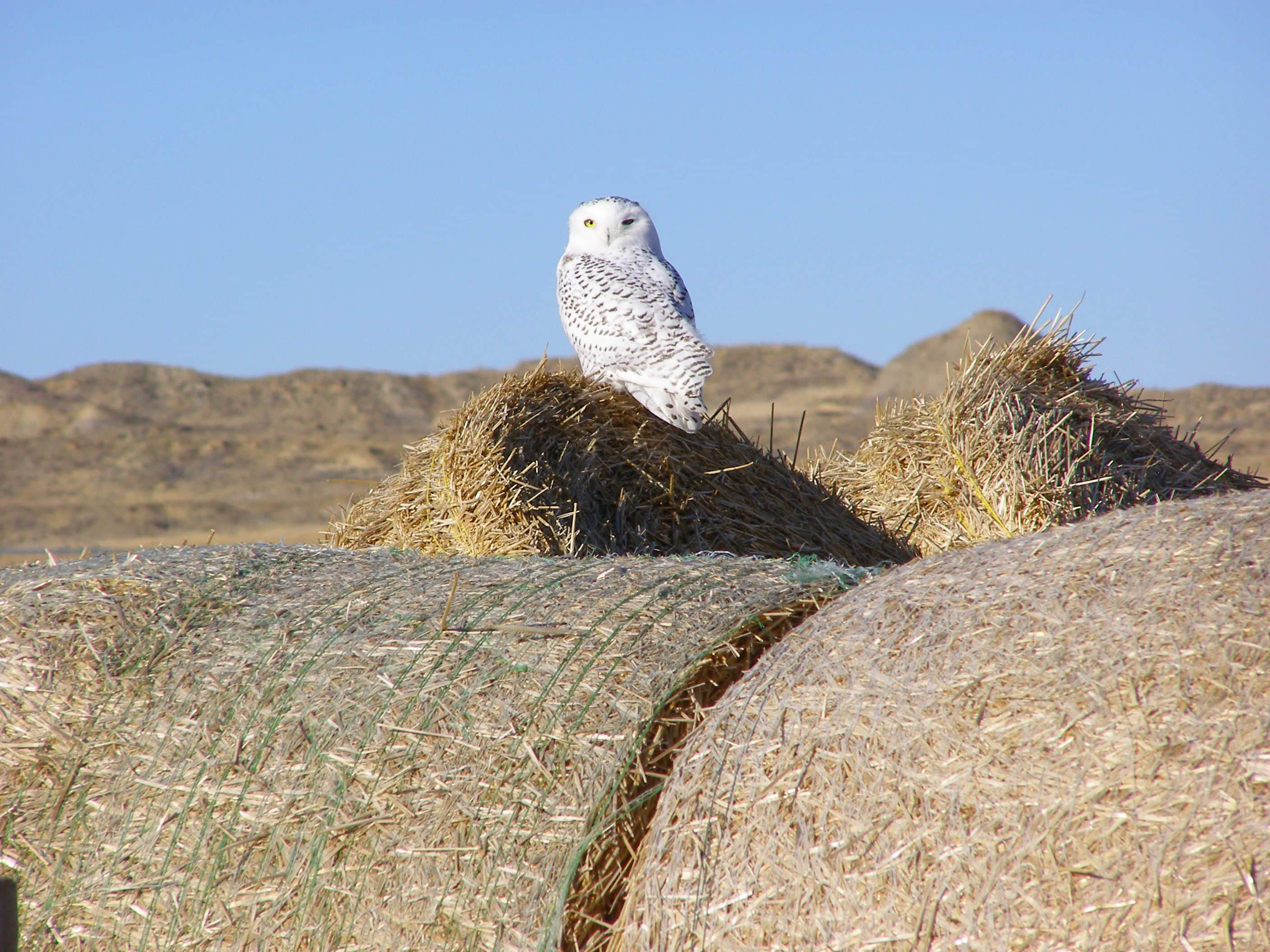Our Winter Visitors: A Look at Birding in Montana
Montana Fish, Wildlife & Parks 12.09.12

Birds that head south for the winter are easy to envy and understand. Who hasn’t occasionally dreamed of spending a winter in the Bahamas, Mexico or the pampas of Argentina?
Think of western tanagers, orioles and barn swallows.
Likewise, we can empathize with those birds that spend their entire lives here, doing their best to survive the worst that winter can throw at them. In this category place horned larks and great horned owls and magpies. Tough birds.
But what to make of birds that migrate to the Montana prairies to enjoy our winter; birds that come here for winter and only winter.
The quick answer is they are here because we look like the Bahamas compared to where they came from.
Our winter visitors range from snowy owls to rough-legged hawks to snow buntings. By their names alone they are the perfect winter guests.
Let’s start with snowy owls. As their name implies these members of the owl family are mostly white with some dark barring; immature and female birds have more bars than males.
And they are big: up to 28 inches tall with a wingspan of five feet or more. That’s a bit larger than the more familiar great horned owl.
The snowy owl makes its home on the Arctic’s treeless expanse. Yet periodically when its food (mice and lemmings mostly) becomes scarce some owls fly south often to areas that resemble their tundra home, like prairies and coastal dunes.
There’s not much for coastal dunes in Montana but we have lots of prairie. So on those bitter winter days when folks say Montana looks like frozen tundra at least one creature must think it looks pretty inviting, just like home.
Unlike the occasional snowy owl visitor, our most visible and common winter raptor maybe the rough-legged hawk.
The rough-legged hawk nests north of us from Alaska across Canada. When it patrols our prairies in winter searching for mice and small animals, it’s an easy bird to spot: feathered legs down to the toes, a broad band of brown across the belly and black patches on the underside of each wrist, or bend of the wings.
This hawk settles into its Montana winter territory by November, sometimes earlier, and leaves by March.
Hawks and owls are easy to spot compared to our most overlooked winged winter visitor.
Drive any gravel road in the winter and you will frequently encounter and scatter a flock of small, drab birds. Those little brown, white and black creatures are usually snow buntings, feeding on weed and grain seeds.
According to the Audubon Society Encyclopedia of North American Birds, the snow bunting can withstand temperatures of minus 50, burrow in the snow to keep warm and even loves to bathe in the snow. Loves it!
The holiday season will be upon us soon bringing relatives and other visitors. That brings to mind the American philosopher Ben Franklin, who famously said, “Guests, like fish, begin to smell after three days.”
If you have holiday guests that stay too long, suggest they make like snow buntings and bathe in the snow. Winter visitors all.

